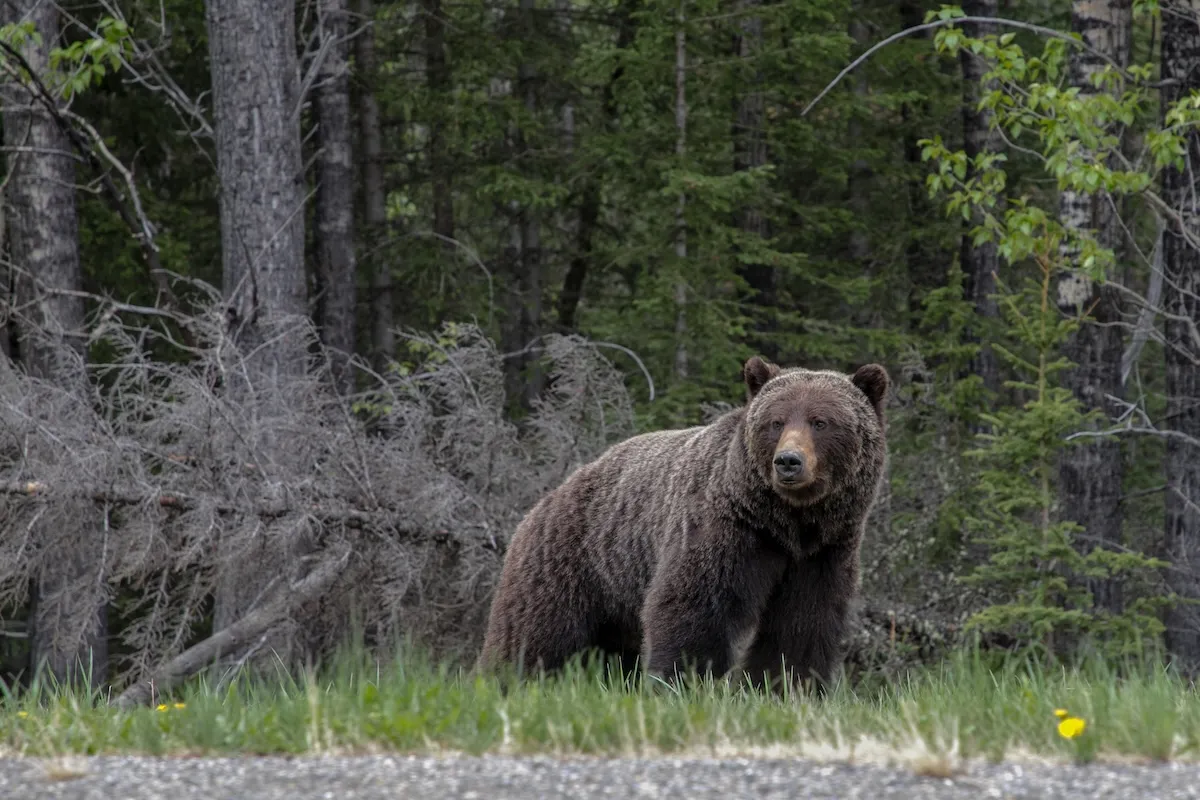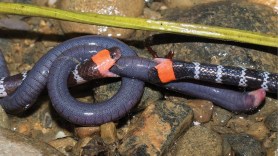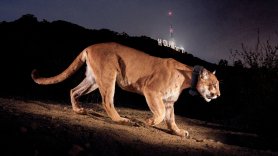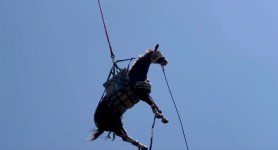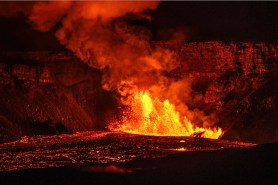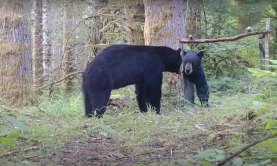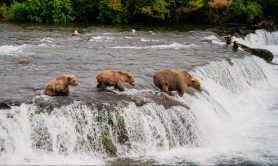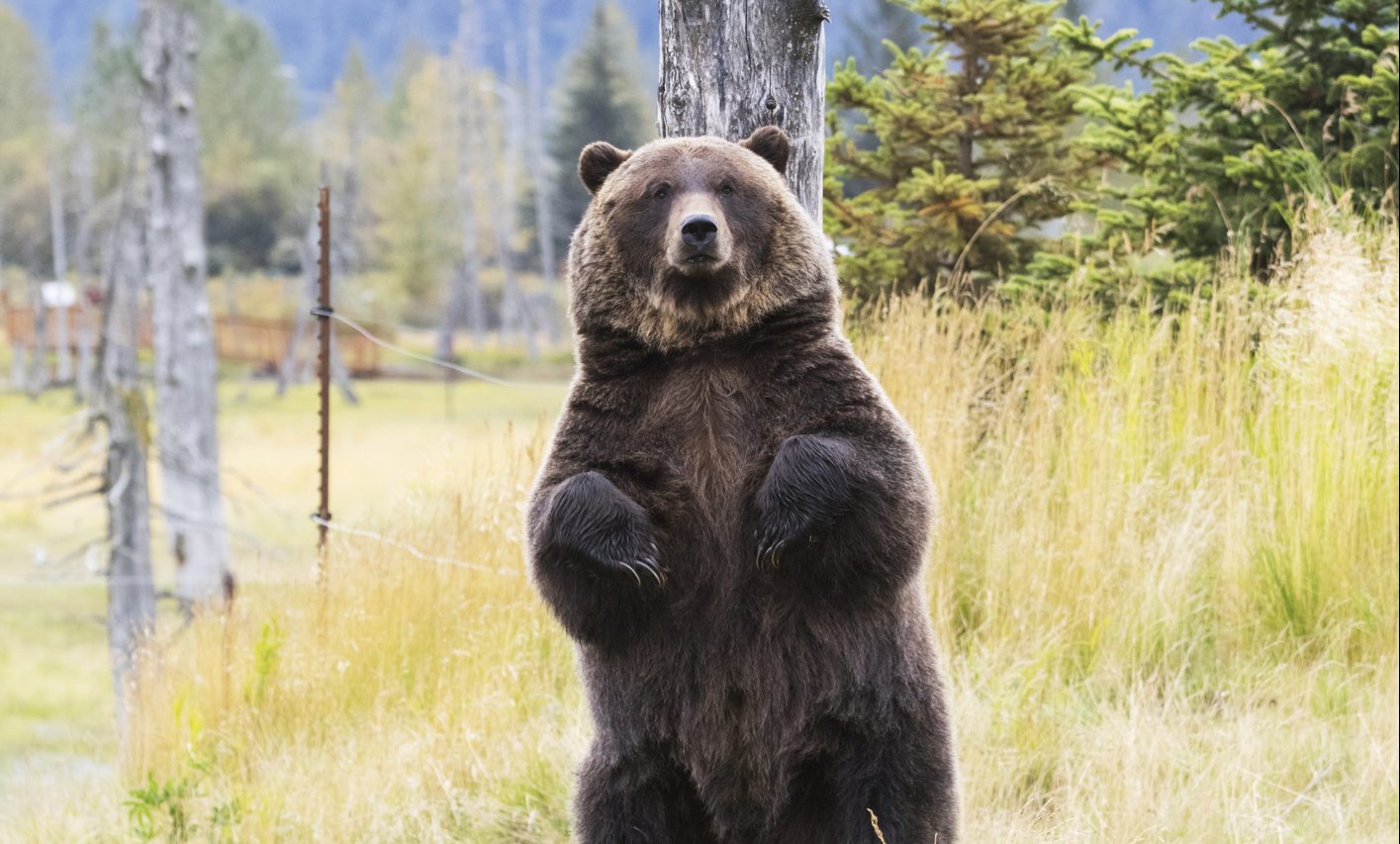

If you saw the Jungle Book movie as a kid, you might remember the scene in which Baloo scratches his back against a tree (just before singing the “Bear Necessities,” if memory serves). While scientists have long observed bears doing this in the wild, they weren’t sure why—until recently.
Videos by Outdoors
A new study suggests that wild bears could be using tree sap as a natural insect repellent. The research was conducted by a group of Polish researchers who had noticed bears expressing preferences for certain types of trees. If the back-rubbing was just about scent-marking to defend a territory or scratching an itch, then the type of tree shouldn’t matter. But bears seemed to prefer conifers, which are notoriously sappy.
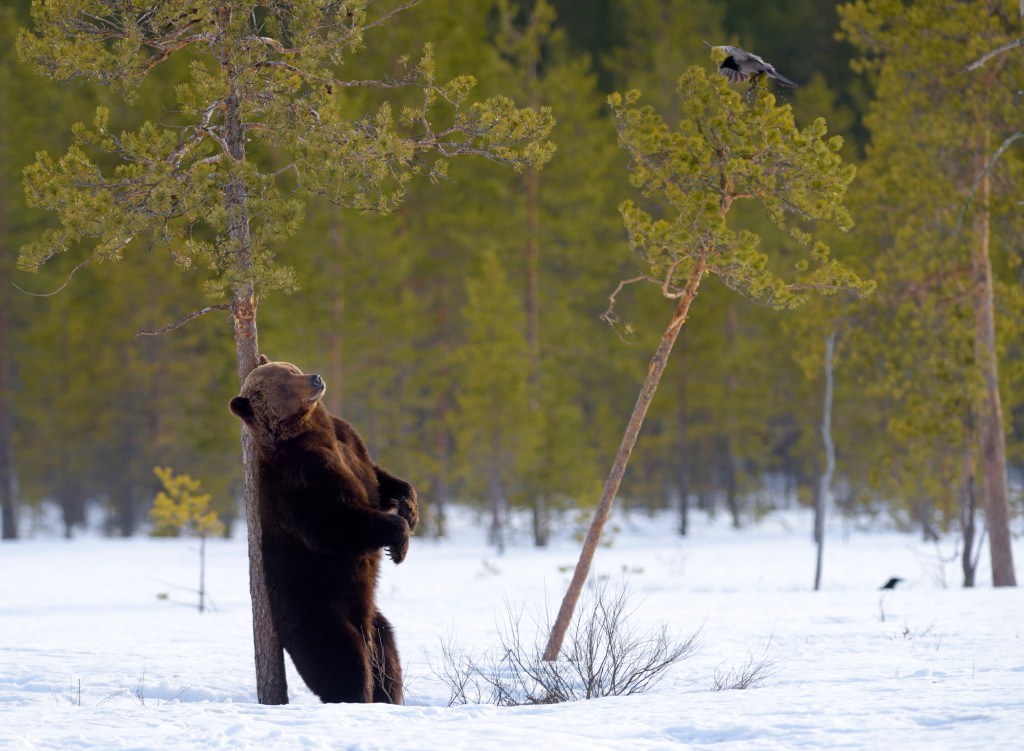
What’s more, “Tree-rubbing is often accompanied by clawing and debarking,” the study adds. It suggests that a bear might scratch a tree trunk to release extra resin, generating more sap to cover itself with.
Bears are also strongly attracted to beech tar and turpentine, both products that come from tree resins. The scientists wanted to know why. Could bears be attracted to the substances because they’re natural insect repellants?
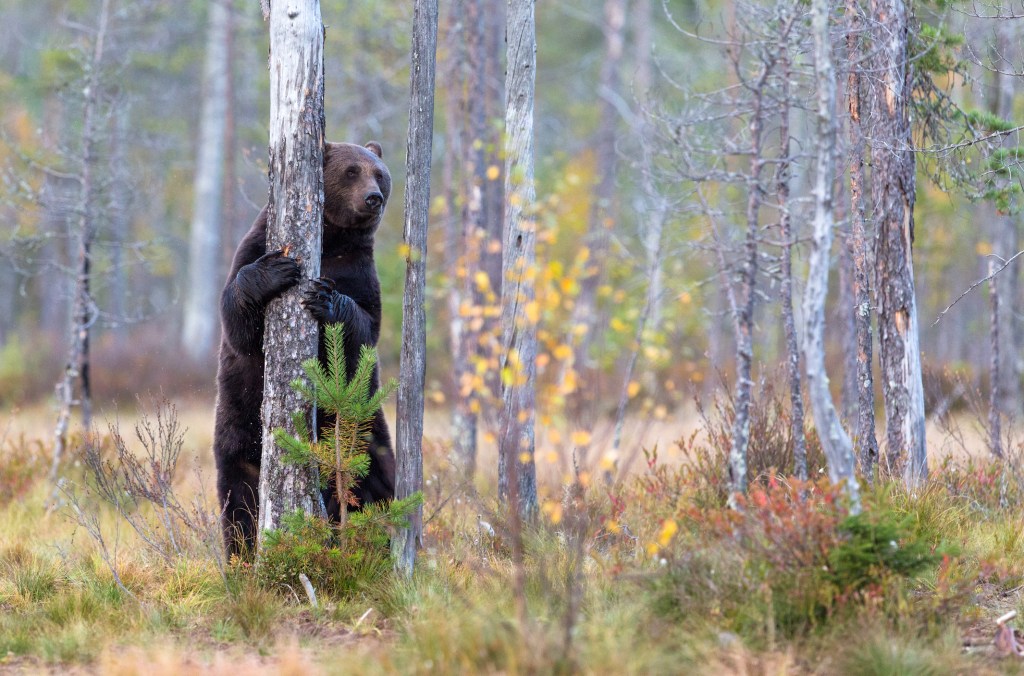
To test that hypothesis, the researchers filled dozens of test tubes with either beech tar or turpentine and added a tick to each one. The ticks demonstrated a strong aversion to the resin products, trying to get as far away from them as possible.
The scientists concluded that tree saps could indeed be powerful tick repellents. This experiment doesn’t rule out the idea that bears do get itchy from time to time. However, it’s solid evidence that the rubbing could serve multiple purposes—medicine as well as massage.

